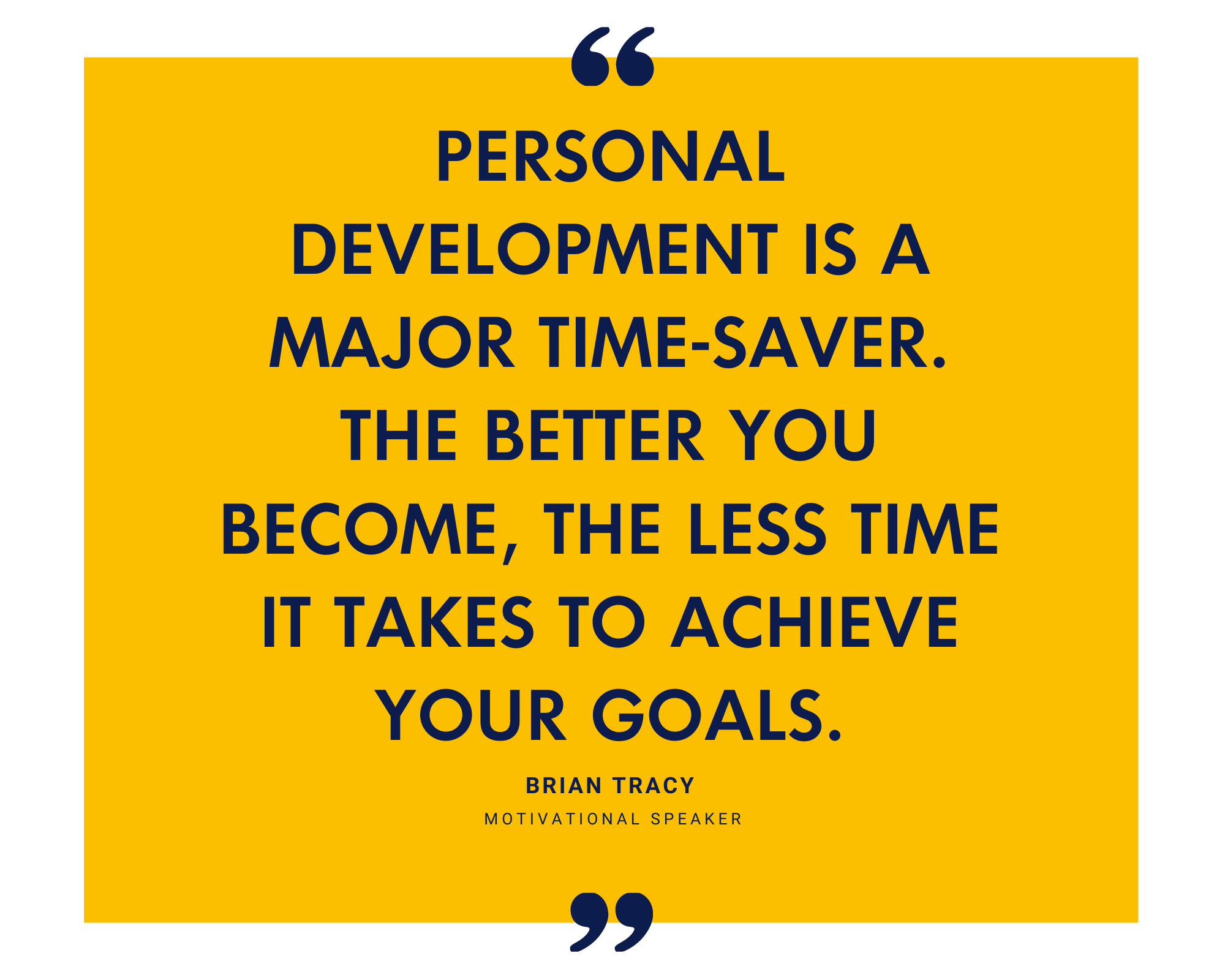For companies seeking to stay ahead of the competition, annual performance reviews are no longer enough. Instead, an ongoing process between managers and employees encompassing goal-setting, continuous feedback and recognition are necessary for growth-inducing motivation and engagement. These processes are drawn together in the performance management cycle, allowing managers, leaders and employees to constantly monitor progress and make the necessary adjustments to hit the company’s most ambitious targets.
Let’s take a closer look at the performance management cycle, and how your company can make the most of its performance management tools to establish and track clear goals, develop skill sets and achieve top results.
Implementing performance management cycles into your business’s process has a number of advantages that will help your company grow. Performance management cycles:
- help employees set goals in line with your organisation
- define clear metrics and behavioural expectations
- provide continuous feedback to spot and rectify performance problems
- coach employees towards improvement
- identify grown opportunities and expand employee skill sets
- recognise – and side-step – individual and team burnout
- motivate through recognition and rewards
Let’s take a look at the key stages of the performance management cycle and break down how you can put this into action.

1. Planning
The planning stage provides the bedrock on which the performance management cycle rests. This is when an overall strategy for the business is established, and future performance goals for the company, departments, teams and individuals are worked out. Goals and expectations are set, while Personal Development Plans are drawn up to align employees with the company.
Setting goals and expectations
Setting clear goals and expectations should be a collaborative effort between managers, leaders and their employees to ensure that everyone understands the goals of the organization and the work required to accomplish them. As the study from the American Psychological Association, Participation in Performance Appraisal Process and Employee Reactions, has demonstrated, such involvement increases motivation and satisfaction while improving the perception that the process is fair.
A popular method used for setting these objectives is to use SMART goals, an acronym for specific, measurable, achievable, relevant and time-bound. Set short- and long-term goals with clear requirements and measurements for success, in line with the broader aims of your company. Make sure a definite deadline has been established so employees are clear on when you expect these goals to be delivered.
Aligning employees with the company using a Personal Development Plan
A Personal Development Plan gives the employee an opportunity to highlight any strengths and skills they wish to build upon in line with the strategy of the business. This gives managers scope to factor in any additional training or support the company can offer an employee to help them perform above and beyond their goals and expand their career prospects within the company’s hierarchy.
2. Monitoring
Consistent measurement of goals combined with continuous feedback conversations are the key components of the monitoring stage of the performance management cycle. During this stage, managers can frequently check the progress towards goals while keeping an open channel of dialogue with teams and individuals to address issues as and when they arise.
Tracking goals and objectives
When tracking goals and objectives it’s important to make the most of a comprehensive performance management suite so that everyone has a direct line to the data which matters most. These tools allow managers and employees to track a wide range of objectives, honing in on upcoming deadlines and giving staff the information they need so that team leaders don’t have to micromanage. Goals should be continuously monitored, so using a performance management tool with a Today Screen feature gives managers and employees an instant overview of the day’s priorities.

Gathering frequent feedback with regular meetings and check-ins
Just as the tracking of data should be an ongoing process, so too should managers make sure they hold continuous conversations with employees to check that goals are on track. By scheduling regular one2one meetings and check-ins, managers are able to identify any stress points and other problems which might be impeding staff from delivering results, providing corrective measures before any obstacles become insurmountable.
 3. Developing
3. Developing
The development stage of the performance management cycle isn’t time-bound; rather, this should be viewed as an ongoing process designed to identify any areas for improvement employees might need to address while offering new skills or responsibilities to employees seeking to improve their talent stack.
Providing training to help poor performers (and boost the A-players)
With effectively monitored goals and objectives, managers and HR leaders can readily identify those members of staff who require training to bring them up to speed, as well as the high performing A-players who are ready to stretch their ability further. Internal training materials such as documentation and video tutorials can be stored and updated on your company’s intranet system, providing instant access to the appropriate training for staff who need it.
Understanding an employee’s skill set to offer new challenges
By comparing an employee’s Personal Development Plan with their current progress, managers are able to identify the evolution of their skills and offer additional challenges to allow them to grow both in their current role and within the company. Perhaps they are ready to take on more responsibilities, or their skill development may mean they could be better suited in a new role.
4. Reviewing
As the performance management cycle comes to a close, reviews allow managers and leaders to discuss whether or not goals and expectations were met and agree on an action plan moving forwards. While some companies still conduct these reviews annually, it is becoming increasingly commonplace for businesses to hold them on a quarterly basis.
Identifying achievements and shortcomings
Gathering the necessary information for reviews is a commonly expressed pain-point for managers and HR leaders, so the aforementioned continuous monitoring goals and objectives while also delivering ongoing feedback can save countless hours when it comes to the formal review process.
Reviewing the data from your performance management suite will give an instant overview of an employees goals achieved and obstacles overcome, as well as any shortcomings which may have impeded success. You can also use these tools to gather peer feedback to bring additional context to an employee’s overall performance.
Discussing career goals and agreeing on actions
Reviews aren’t just about looking back over prior performance. They are also a chance to bring the discussion back to some of the key aspects of the Personal Development Plan, redefining an employee’s career goals and working out a path for the future.
When dealing with poor performance, you’ll need to discuss why they had problems reaching their goals so you can offer the appropriate changes going into the next period. Consider asking the following questions:
- Were the original goals realistic?
- Did the employee fail to get the necessary training to accomplish their tasks?
- Can different goals and expectations be set to bring about positive outcomes?
- Are there any processes which can be streamlined or otherwise improved?
Managers and HR leaders should work through these concerns with employees to make sure corrective action can be taken.
5. Rewarding
The final stage in the performance management cycle is the reward, where high-performance employees get the recognition they deserve for their great work. However, rewarding isn’t just about annual bonuses and other perks; like monitoring and developing, it should be an ongoing process that seeks to continually improve motivation.
Making employee recognition a daily event
If you want to make sure your employees are bringing their best performance to the workplace, immediate and visible recognition of their achievements is essential. Making sure they feel valued in a timely manner helps to project your company’s values while encouraging positive behaviours, amplifying them throughout the workforce.
Managers can keep this recognition at the forefront by using a performance management tool that features a Rewards Management System. As well as providing useful data for annual compensation, these rewards help increase productivity, retain the best talent in your organization and boost motivation.
Determining appropriate rewards for the level of performance achieved
For the top performers in your company, offering a tangible reward at the end of the performance management cycle shows that they are appreciated for a job well done. The level of additional remuneration and any other rewards to be given can be worked out by using the data gathered as part of the performance management process and should be based on merit.
Some of the forms of reward you can consider offering include:
- increase in salary
- monetary bonuses
- promotions
- increased vacation time
- the opportunity to work on new projects
- a positively written annual review
- public acknowledgement of achievements in the company
Once rewards have been determined for star performers, and corrective plans of action established for those who were struggling to meet their goals, you can get ready to begin the cycle again.



 3. Developing
3. Developing

